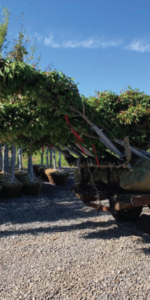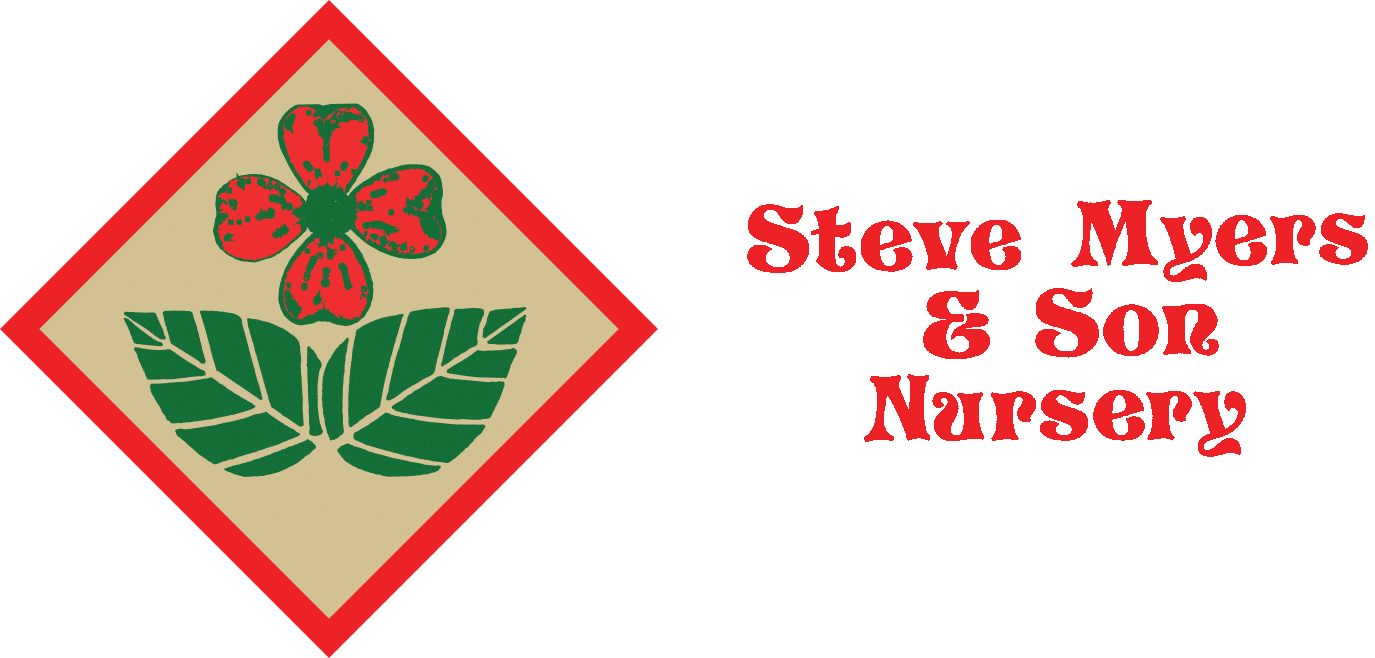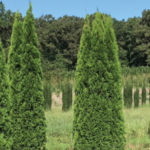Native plant gardens are becoming more and more popular. Here, we’ll tell you why.

Now we’ll talk about the primary reason people have against native plant gardens. Some claim that native plant gardens are unattractive or boring. This is simply not the case. With a good variety of natives, you can have a native plant garden that blooms year-round in vibrant colors.
On to why you should grow native plant gardens. First of all, native plants are good for the local ecosystem, protecting and nourishing bees, butterflies, birds, and other local wildlife that integrate these plants into their lives.
Native plants are better for the area, and also easier to care for. Adapted to the local conditions, native plants don’t need special care like fertilizers, pesticides, or frequent watering, and may even be harmed by the use of these. So, native plants are both easier on the environment and less work on your part to grow!
A look at some of the plants native to U.S. regions:
Northeast: Eastern redbud (Cercis canadensis), foamflower (Tiarella cordifolia), New England aster (Symphyotrichum novae-angliae), serviceberry (Amelanchier spp.), wild ginger (Asarum canadense), Northern maidenhair fern (Adiantum pedatum)
Southeast: Flowering dogwood (Cornus florida), Southern magnolia (Magnolia grandiflora), pasture rose (Rosa carolina), oakleaf hydrangea (Hydrangea quercifolia), beautyberry (Callicarpa americana), Carolina jessamine (Gelsemium sempervirens)
Midwest: Butterfly weed (Asclepias tuberosa), beardtongue (Penstemon spp.), little bluestem (Schizachyrium scoparium), wild bergamot (Monarda fistulosa), spicebush (Lindera benzoin), cardinal flower (Lobelia cardinalis)
Texas: Ashe juniper (Juniperus ashei), yaupon (Ilex vomitoria), dwarf palmetto (Sabal minor), Texas sage (Leucophyllum frutescens), Texas sotol (Dasylirion texanum), century plant (Agave americana)
Rocky Mountains: Plains prickly pear (Opuntia polyacantha), soapweed yucca (Yucca glauca), Rocky Mountain columbine (Aquilegia caerulea), Colorado four o’clock (Mirabilis multiflora), threadleaf giant hyssop (Agastache ruprestis), Rocky Mountain penstemon (Penstemon strictus)
Southwest: Autumn sage (Salvia greggii), Parry’s agave (Agave parryi), blue Palo Verde (Parkinsonia florida), golden barrel cactus (Echinocactus grusonii), red yucca (Hesperaloe parviflora), prickly pear cactus (Opuntia spp.)
California: California fuchsia (Epilobium canum), California lilac (Ceanothus spp.), California poppy (Eschscholzia californica), coastal prickly pear (Opuntia littoralis), Matilija poppy (Romneya coulteri), hillside gooseberry (Ribes californicum)
Pacific Northwest: Red flowering currant (Ribes sanguineum), Camas lily (Camassia spp.), Pacific bleeding heart (Dicentra formosa), Oregon grape (Mahonia aquifolium), vine maple (Acer circinatum), Western sword fern (Polystichum munitum)
When planting a native garden, make sure to research plants and ensure they are native to your specific locale. Also choose plants based on your goals. Are you looking for an easy, low investment and low maintenance native garden? Or do you want to attract certain wildlife?
In either of those cases and more, Steve Myers and Son Nursery can provide! We specialize in ornamental trees and shrubs. Take a look and see if you find any native plants you like in our stock.




Recent Comments